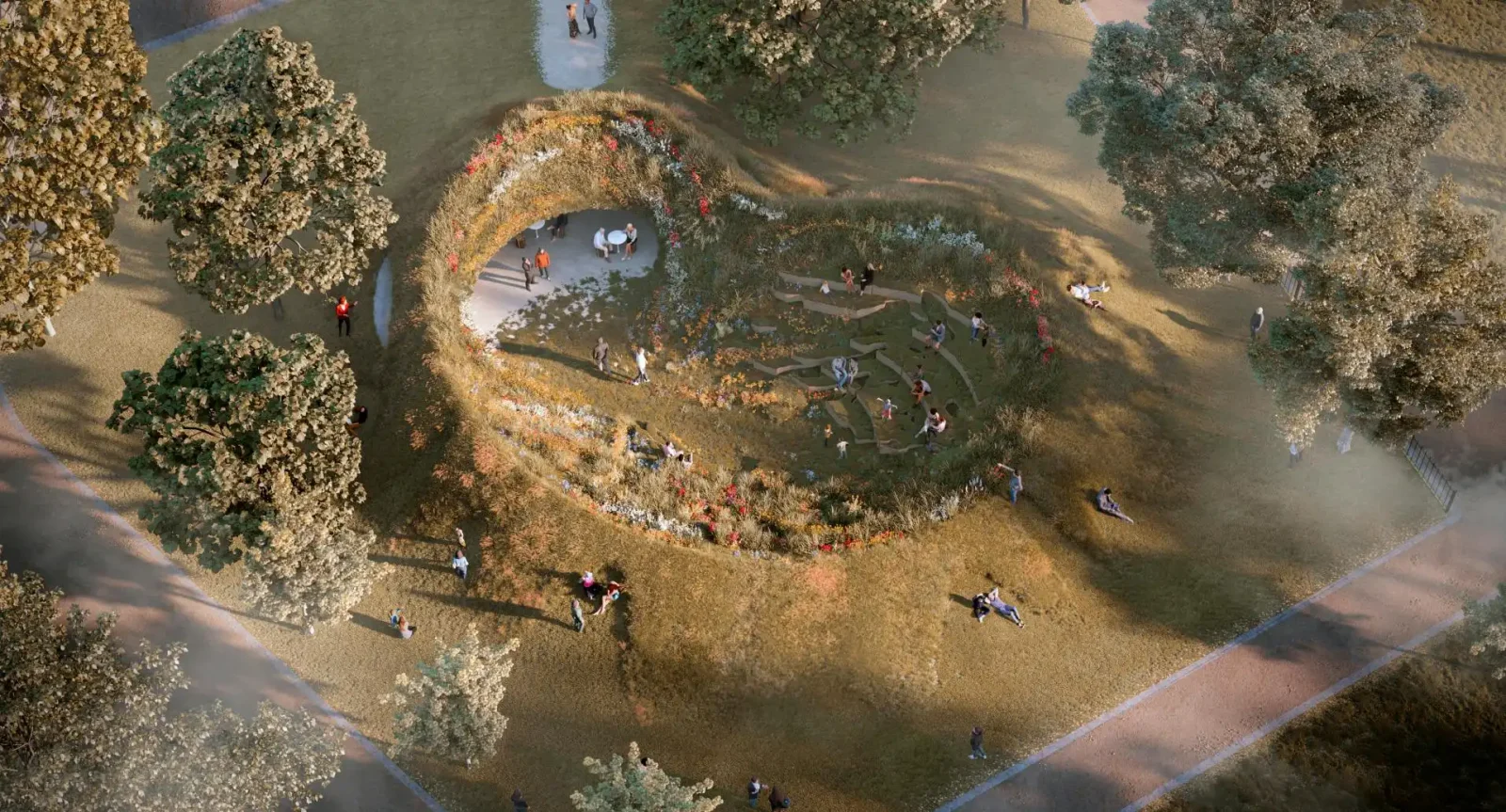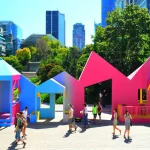Neri Oxman, who has been combining architecture with technology, unveiled a hypothetical AI-powered skyscraper prototype. The studio she runs employs an approach termed “ecological programming,” in which AI is marshaled to create structures nurturing biodiversity. This spiraling prototype, with enclosed and open-air planting spheres in alternating succession, tries to achieve some of the most current challenges in integrating plant life within urban environments.
This revolutionary concept epitomizes how AI can act as a key driver toward appropriate sustainable architecture in harmony with nature, really pushing the boundaries of conventional skyscraper design. Oxman’s vision underlines how technology will play its role in transforming urban ecosystems into spaces where human and plant life might thrive symbiotically.
Sustainable Architecture Through AI
“We present a data-driven design approach to uniting human-centric cultural typologies with Nature-centric needs to maximize ecological thriving.” mentioned in official release.
“In contrast to ‘net-zero’ construction, which aims to minimize negative impact, we seek to maximize ecological well-being through new forms of ecological construction with value across kingdoms.”
Ecological Programming
It’s ecological programming, a method that Oxman uses to enact this integration, which may eventually prove to be the model for the futures of denser and denser cities. Urban development would finally merge technology with environmental stewardship to create greener, more livable cities. This prototype constitutes yet another milestone in the career of Oxman as a leader in the fusion of design, technology, and nature.
“The deliberate design of functional space creates a co-dependency between human and non-human systems, fostering a symbiotic relationship between the natural and the constructed, the human and the non-human.”





















Leave a comment